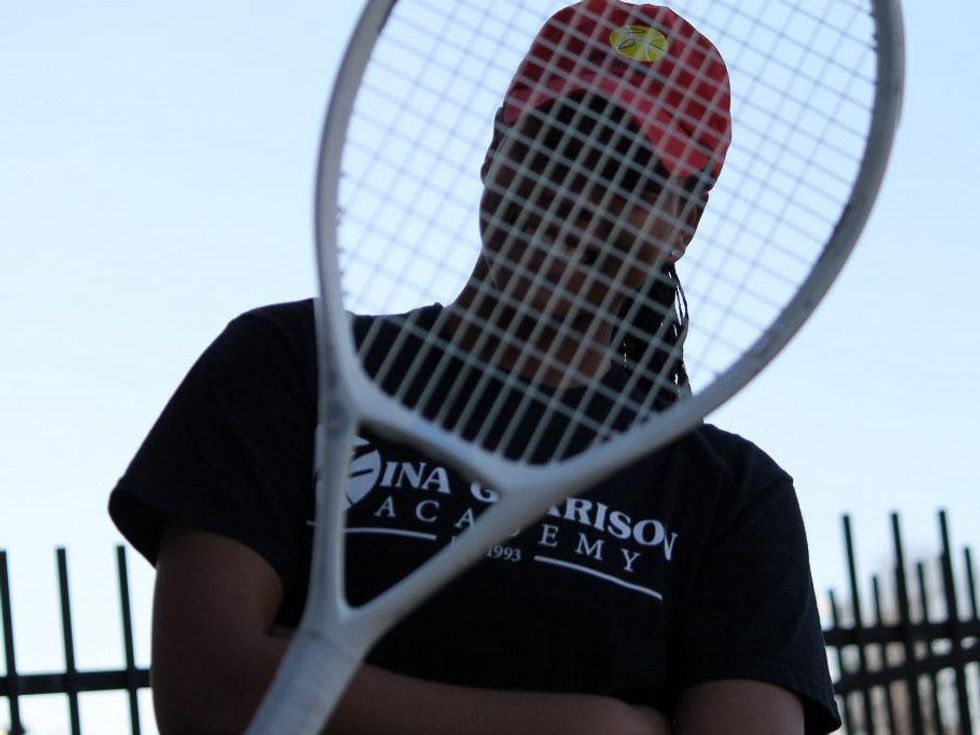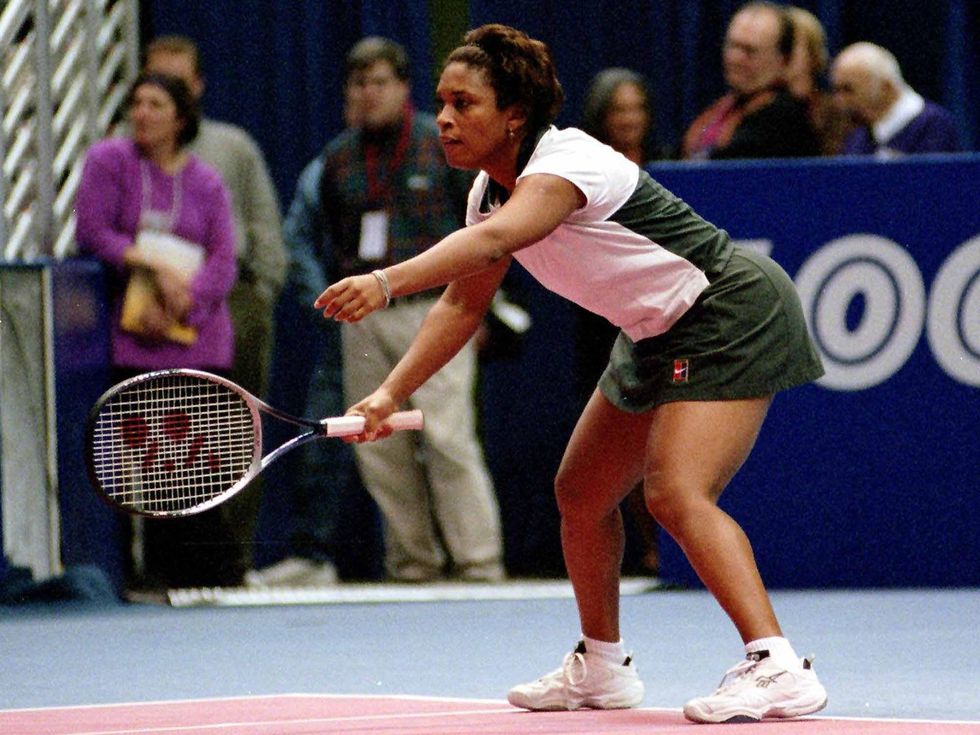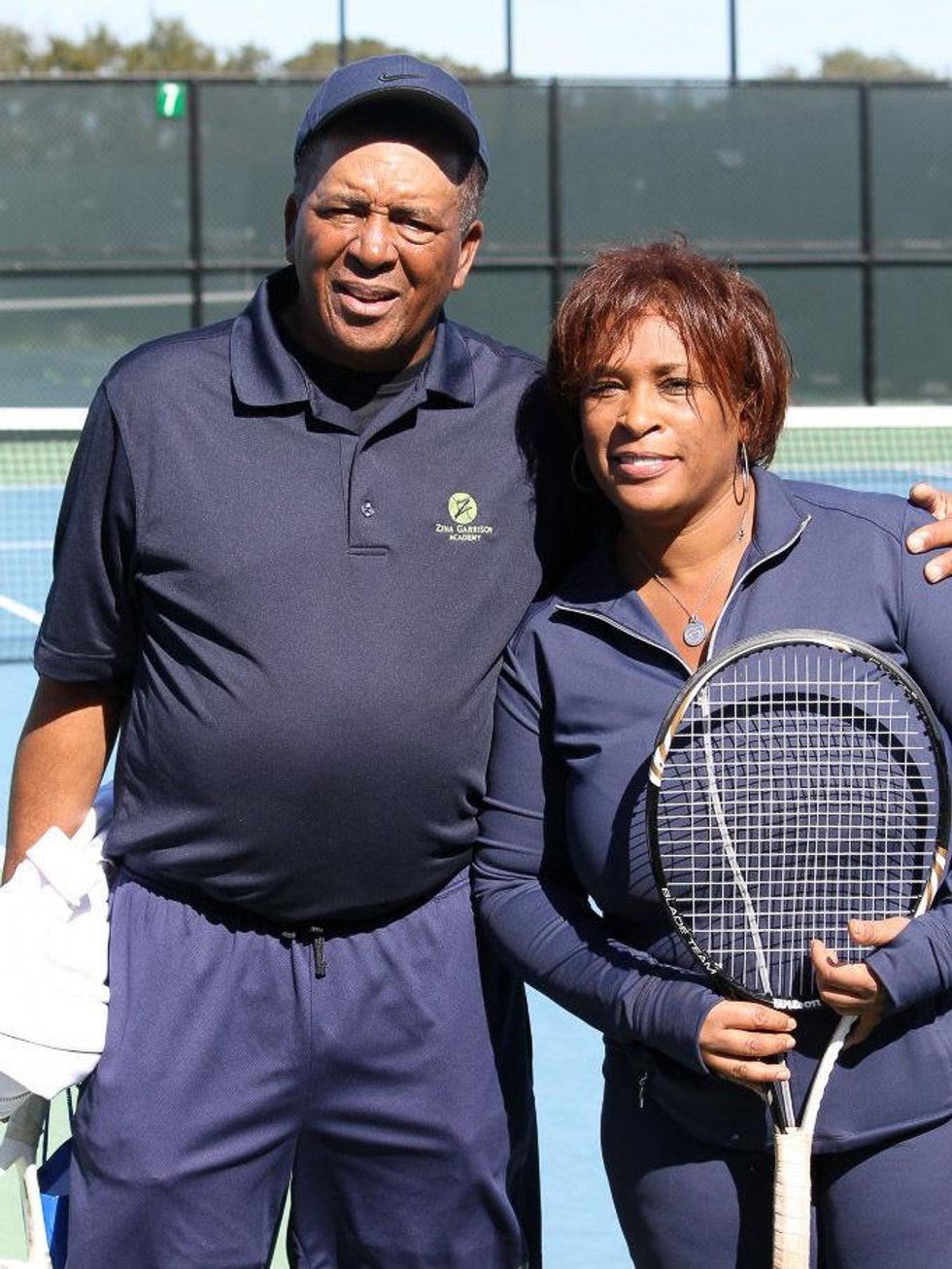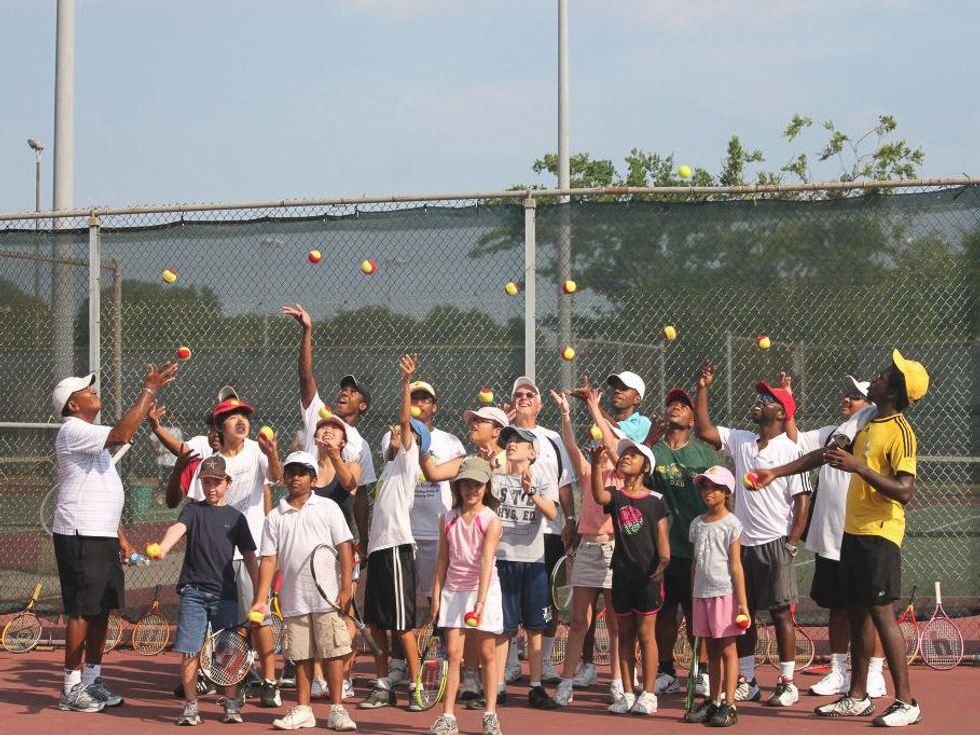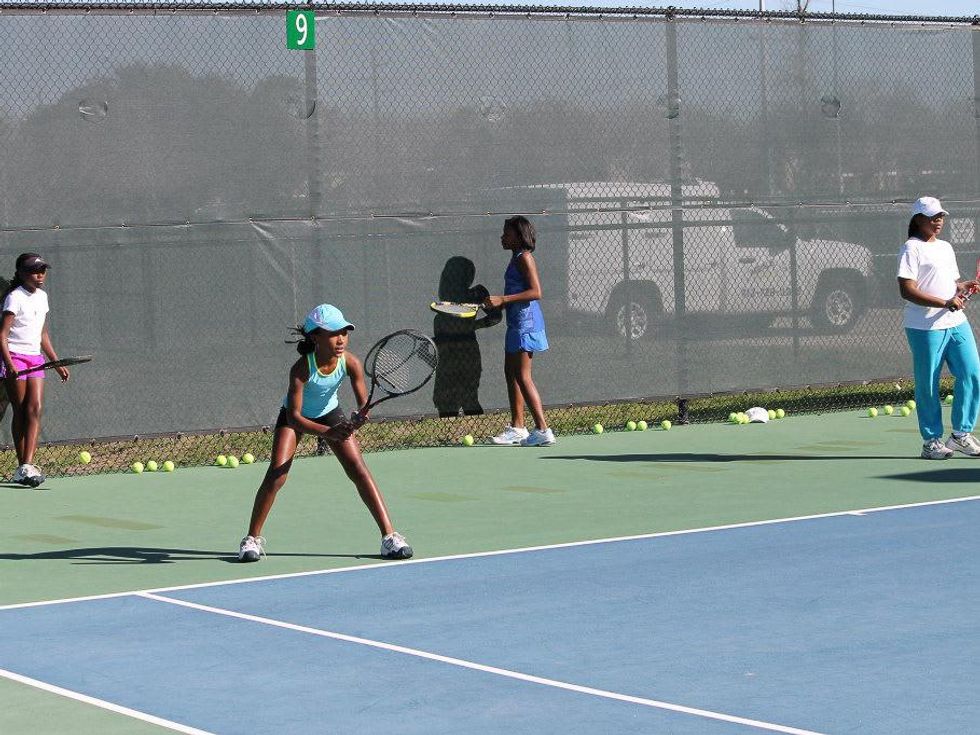Houston's Caring Athlete
Game, set, no match: Zina Garrison's post retirement impact raises the bar for pro athletes
Zina Garrison is a native Houstonian, retired professional tennis player, coach and community advocate. Her story is legendary because she is just that . . . a legend . . . a title she would never give herself.
Garrison followed in the footsteps of black tennis champions Althea Gibson and Arthur Ashe while paving the way for Venus and Serena Williams.
In her 15-year professional career, Garrison won 14 singles titles and 20 doubles championships. She’s an Olympic gold medalist, Wimbledon and U.S. Open finalist and was ranked as high as No. 4 in the world. She coached the U.S. Federation Cup and U.S. Olympic teams. But she's found her special passion working with youth.
"Our society today is lacking a real value system. The reality shows and so called 15 minutes of fame, have a lot of young people thinking there is an easy way to achieve success."
Garrison’s love for the game extends beyond the baseline and alleys of the court. For her, tennis is about opportunity, discipline, education and healthy living. That’s why she founded the Zina Garrison Academy in 1993 with her longtime coach and mentor John Wilkerson. Now 20 years later she is excited about ZGA taking the next step and going to the next level.
“Giving inner city kids a chance to play tennis is a lot bigger than tennis,” Garrison says. “Our society today is lacking a real value system. The reality shows and so called 15 minutes of fame, have a lot of young people thinking there is an easy way to achieve success and the reality is nothing replaces hard work and dedication.”
ZGA has accomplished a lot over the past two decades. As a tennis and leadership academy, ZGA targets underserved youth. The academy’s leaders help attendees discover their individual talents, stay healthy and fit, and become future leaders in the community while learning the sport of tennis. Many of the kids they’ve worked with became first generation college students and graduates.
It’s a natural for Garrison. In fact, ZGA is a modern day version of the program she played in at MacGregor Park. Wilkerson, who is ZGA's senior director of tennis, founded and led the MacGregor Park program and later coached Garrison and Lori McNeil on the professional tour. In July of 2012, McNeil left her coaching position with the United States Tennis Association’s High Performance Program to join ZGA as director of tennis.
Garrison couldn’t be happier and says it’s just like old times.
“I’m so excited about what this means not only for ZGA, but kids all around the city of Houston,” she says. “Having Lori and John along with Linda and the rest of the team makes me proud. In terms of what’s next . . . hopefully our own facility.
"We are grateful for our relationship with the Houston Parks Department over the years, but really need a permanent facility with more courts, classrooms and a place for fitness.”
Houston's Tennis Future
ZGA and KIPP Houston have recently joined forces to construct a tennis and educational complex at KIPP Houston’s Sunnyside campus. It is Garrison’s driving passion to see the ZGA continue to grow and thrive.
“As far as tennis is concerned we do have a hole. A lot of kids play, then they get to a certain level and they can only go so far."
“Kids are under a lot of stress and need an outlet like P.E or art," she says. "My academy addresses some of these needs and with more space can continue to be a place of positive reinforcement for young people. Without organized sports a lot of kids wouldn’t have the opportunity to go to college. Tennis is about so much more than being a star on the court.
“As far as tennis is concerned we do have a hole. A lot of kids play, then they get to a certain level and they can only go so far. Much of that has to do with the cost of coaching, rackets, shoes, entry fees and, of course, travel.”
Those are all factors in getting young players ranked, so they can ultimately catch the eye of potential college coaches. But those factors come with hefty price tags. So ZGA definitely has a role on and off the court.
“A lot of my friends have had foundations and they’ve gone by the wayside,” Garrison says when asked what she’s most proud of. “But the biggest thing is we’ve touched nearly 25,000 kids within the last 15 years so it’s probably even more than that. Just having the opportunity to give kids a chance to learn the game of tennis and build on that.”
Let the building continue as more and more inner city kids get a chance to serve up their own future on one of the new ZGA tennis courts. Game, set, and match!
Kim Davis is a journalist with more than two decades of experience covering sports, news and politics in television, radio and print. Follow Kim on Twitter @kimydavis or email her at kim@thekdcompany.com
